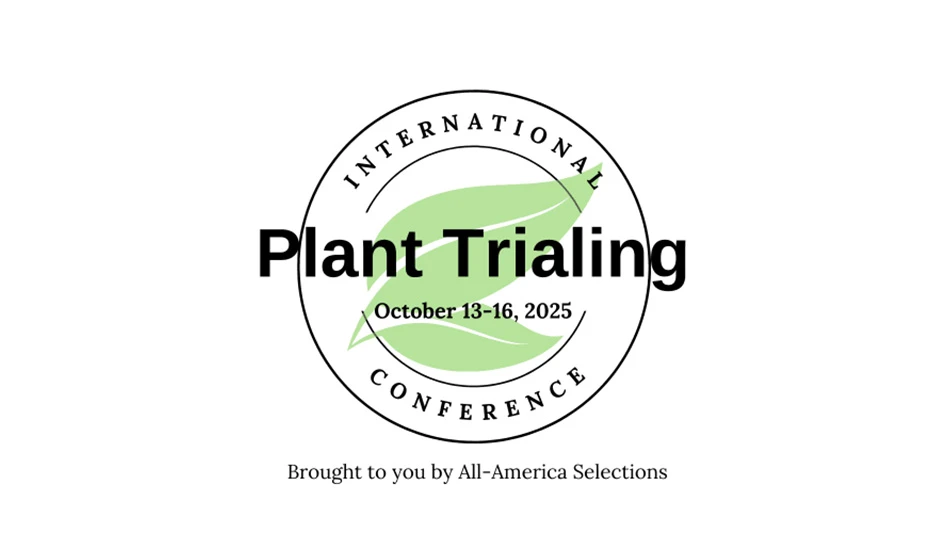
Image supplied by University of New Hampshire
DURHAM, NH – Bees are essential for most of the fruit and vegetable crops produced in New England. The value of pollination to agriculture is estimated at more than $200 billion a year worldwide. However, the abundance and diversity of pollinators are declining in landscapes across the United States.
Scientists at the University of New Hampshire (UNH) working in the New Hampshire Agricultural Experiment Station are conducting research that not only assesses the state of our native bees but also develops ways that citizens can help support these members of our ecological and agricultural communities.
For several years, experiment station researchers have been assessing the status of the state’s native pollinators. During the first assessment of New Hampshire’s bee population, scientists found that the Granite State has more than 100 native bees. They also discovered nearly 20 bee species that had not been previously documented in the state. The White Mountain National Forest alone is home to nearly 140 species of native bees, including two species of native bumble bees that are declining in the Northeast.
Unfortunately, scientists also have discovered that three of the state’s most important bumble bee species have experienced drastic declines and range constriction over the last 150 years, with a fourth bee also in significant decline. In addition, scientists found that 14 wild bee species also are in drastic decline in New Hampshire.
Despite the declines, landowners, property managers, farmers, and landscapers have been eager to create and enhance pollinator habitat. “The interest in helping pollinators has been astounding. There are literally hundreds of pollinator gardens and habitats that have been installed in New Hampshire alone in the last few years,” experiment station researcher Cathy Neal says.
Neal, who also is a nursery and landscape horticulture state specialist with UHN Cooperative Extension, has conducted nearly 10 years of wildflower meadow trials at the experiment station’s Woodman Horticultural Research Farm. She has found that wildflower meadows comprised of a mixture of herbaceous perennials are extremely valuable places for bees to forage for food. In fact, she has developed a mix of wildflowers specifically ideal for New Hampshire.
Those interested in creating a wildflower meadow to support New Hampshire’s native pollinators can learn more at the upcoming field day, Connecting the Dots for Pollinator Conservation: Wildflower Meadows and Pollinator Habitat. The event is Tuesday, July 30, 2019, from 8:30 a.m. to noon at the New Hampshire Agricultural Experiment Station’s Woodman Horticultural Research Farm.
Latest from Greenhouse Management
- Don’t overlook the label
- Hurricane Helene: Florida agricultural production losses top $40M, UF economists estimate
- No shelter!
- Sensaphone releases weatherproof enclosures for WSG30 remote monitoring system, wireless sensors
- Profile Growing Solutions hires regional sales manager
- Cultural controls
- Terra Nova Nurseries shares companion plants for popular 2025 Colors of the Year
- University of Maryland graduate student receives 2024 Carville M. Akehurst Memorial Scholarship





